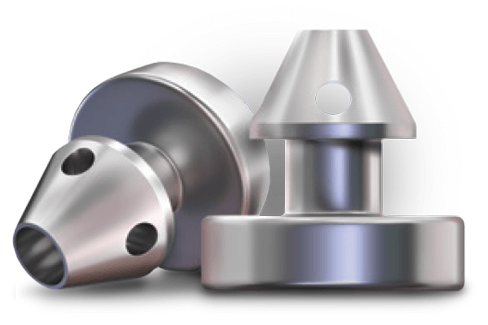Glaucoma
What is a Glaucoma?
Glaucoma is an eye disease caused, in most instances, by an elevation of pressure within the eye. A clear fluid, called aqueous humor, is produced at a constant rate within the eye. This fluid carries oxygen and nutrients to structures inside the eye. The aqueous fluid then leaves the eye through a drainage system called the trabecular meshwork which then carries the depleted fluid to the venous circulation. Under normal circumstances aqueous fluid leaves the eye at the same rate that it is produced, and the intraocular pressure stays within a normal range. Glaucoma occurs when there is a blockage of aqueous out-flow. This causes an elevation of pressure which in turn causes damage to the optic nerve. The optic nerve is the structure that carries visual information from the eye to the brain. It is damage to the optic nerve causes visual loss in patients with glaucoma.
What are the symptoms associated with Glaucoma?
There are two major categories of glaucoma: Narrow Angle and Open Angle
Most cases of glaucoma are Chronic Open Angle Glaucoma. In this form of glaucoma there are usually no early symptoms. Early in the disease, peripheral vision may be lost without being noticed. Visual loss typically occurs very slowly. Often progressive vision loss is so gradual and painless that no change is noticed until the condition is quite severe.
A less common form of glaucoma is Acute Angle Closure Glaucoma. In this disease, the drainage system of the eye suddenly becomes completely blocked. In Acute glaucoma, symptoms include decrease in vision, pain, redness of the eye, haloes around lights and even nausea and vomiting.
A complete eye evaluation is necessary to detect the presence of early glaucoma and to identify those individuals who are at risk of developing glaucoma.
What are the symptoms associated with Glaucoma?
Older individuals, individuals with a family history of glaucoma and individuals with other eye diseases are at a greater risk of developing this disease. Glaucoma is not common before the age of 40 but increases in prevalence with each decade thereafter. The risk of glaucoma is five times greater for an elderly person than it is for a middle-aged individual. A family history of glaucoma is also important because the disease can be inherited. The risk of developing the disease is six to seven times greater if there is a history of glaucoma in the family. African Americans also have a higher risk of developing glaucoma. Persons with cataracts, diabetes, a history of injury to the eye, or severe far-sightedness are also more likely to develop glaucoma. In addition, certain medications, especially oral steroids, may also increase the risk of developing glaucoma. Individuals who are at a greater risk to develop glaucoma should plan to have regular periodic eye examinations.
How is Glaucoma detected?
Eye specialists have developed a number of very accurate and reliable instruments for checking eye pressure. These instruments are called tonometers. In our office, one of these instruments is used on every complete examination to rule out the possibility of increased eye pressure. This “glaucoma test” takes only a few moments and is painless. Eye physicians can also identify individuals who have evidence of glaucoma, even if the eye pressure is not elevated at the moment of the examination. Changes in the optic nerve and the drainage system of the eye enable the physician to make this determination. A test performed in the office called the OCT (Optical Coherence Tomography) is used to identify evidence of even very early glaucomatous changes in the optic nerve. In addition, field of vision tests which measure the peripheral vision may be used to detect optic nerve damage.
How is Glaucoma treated?
Glaucoma is treated by reducing the pressure in the eye to normal levels. The specific types of treatment of glaucoma depends largely on whether the process is mild, moderate or severe in nature. The severity of glaucoma is determined largely by the level of intraocular pressure (IOP) and by the amount of damage that the optic nerve has suffered.
Your physician will review the treatment options and recommendations with you in detail and come up with a plan that works for you.


